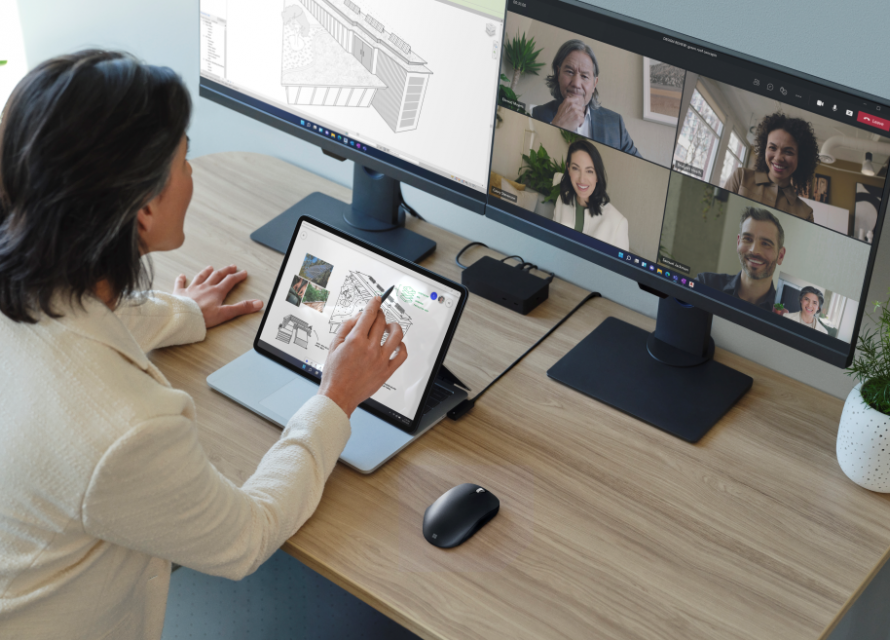Sustainability isn’t just a buzzword anymore—it’s a movement. And if you’re a small or medium-sized business (SMB), going green isn’t just about being socially responsible; it’s about staying competitive, cutting costs, and future-proofing your business.
The tech world is booming with tools designed to help businesses operate more sustainably, and the best part? Many of these innovations don’t just benefit the planet; they can directly impact your bottom line. Let’s dive into how SMBs can leverage technology to reduce costs, minimize waste, and operate more efficiently.
Why Sustainability Matters for SMBs
You might think sustainability is a “big business” issue, but SMBs actually have a lot to gain by adopting greener practices. Customers are increasingly aligning themselves with brands that prioritize sustainability, with 60% of millennials saying they’re willing to pay more for eco-friendly products. But beyond branding, operating sustainably can have real, measurable benefits for your business.
SMBs, especially those with limited resources, need to be smart about where they allocate their funds. Sustainability isn’t just about feeling good—it’s about saving money, and technology is the key to making this happen.
1. Cloud Computing: Reducing the Energy Footprint
If you’re still relying on local servers or clunky hardware, it’s time to embrace the cloud. Cloud services like Microsoft Azure and Google Cloud offer more than just flexibility—they’re far more energy-efficient than traditional on-premises data centers.
Cloud providers invest heavily in green energy and efficient cooling systems. By moving your business data and operations to the cloud, you’re not just cutting down on hardware maintenance costs but also drastically reducing your company’s energy footprint. According to a report by Accenture, shifting to the cloud can reduce energy usage by up to 65% and carbon emissions by over 84% for businesses.
Plus, you get the added bonus of scalability. If your business grows, you can easily upgrade your cloud storage without the need for costly hardware investments.
2. AI and Machine Learning: Predict and Reduce Waste
Artificial Intelligence (AI) and machine learning (ML) are no longer reserved for tech giants. SMBs can tap into these innovations to optimize everything from inventory management to energy consumption.
For example, predictive analytics tools powered by AI can analyze your sales patterns and help you maintain the right amount of stock, reducing both waste and storage costs. Overstocking leads to unnecessary waste, especially for perishable goods, while understocking can lead to lost sales opportunities. With AI, you can strike the perfect balance, ensuring your resources are used efficiently.
In the office, AI-powered energy management systems can regulate heating, cooling, and lighting based on actual usage, reducing unnecessary energy waste. Smart thermostats and lighting systems, like those from Nest and Philips Hue, adjust according to occupancy and time of day, helping you avoid those “lights left on overnight” moments.
3. Digital Collaboration Tools: Minimize Paper Use
Going digital is one of the easiest ways to reduce waste, and the pandemic accelerated the shift toward digital collaboration tools like Microsoft Teams, Slack, and Google Workspace. These platforms not only make remote work easier but also cut down on paper use and unnecessary travel, which in turn reduces your carbon footprint.
With tools like DocuSign, contracts and agreements can be signed digitally, eliminating the need for printed paperwork. By adopting e-signatures and cloud document storage, SMBs can significantly cut down on their paper consumption, saving both money and trees.
4. Energy-Efficient Devices: The Right Hardware for the Job
Not all tech is created equal when it comes to energy efficiency. Investing in energy-efficient devices like Microsoft Surface products or Apple’s latest M1 chip-powered MacBooks can help reduce your energy consumption by up to 50%. These devices are designed with sustainability in mind, featuring low power modes, long battery life, and energy-efficient processors.
For frontline workers or those on the go, devices like the Surface Go 4 offer the perfect blend of portability and performance, with a focus on durability and repairability—keeping e-waste to a minimum.
Plus, these devices often come with built-in features like dark mode and battery-saver settings, which can further reduce energy consumption.
5. Recycling and Circular Economy: Give Tech a Second Life
As you upgrade your tech, don’t let your old devices collect dust in storage or end up in landfills. Instead, consider selling them, donating them, or even partnering with recycling programs that give electronics a second life.
Many companies, including Dell and Apple, have programs that allow you to trade in old devices for store credit. These programs refurbish old hardware and resell it, keeping devices out of landfills and reducing e-waste. By incorporating tech recycling into your business model, you can not only contribute to the circular economy but also save money on future hardware purchases.
Wrapping It Up
Adopting sustainable practices isn’t just about reducing your carbon footprint—it’s about making your SMB more efficient, cutting operational costs, and staying ahead of the curve. Whether it’s embracing the cloud, using AI to minimize waste, or simply swapping out old devices for energy-efficient ones, there are countless ways technology can help your business go green while boosting profitability.
And let’s face it, being able to market your business as sustainable is a great way to attract new customers and retain loyal ones. In a world where consumers are increasingly eco-conscious, the question isn’t whether SMBs should adopt sustainable practices—it’s how soon you can start.


